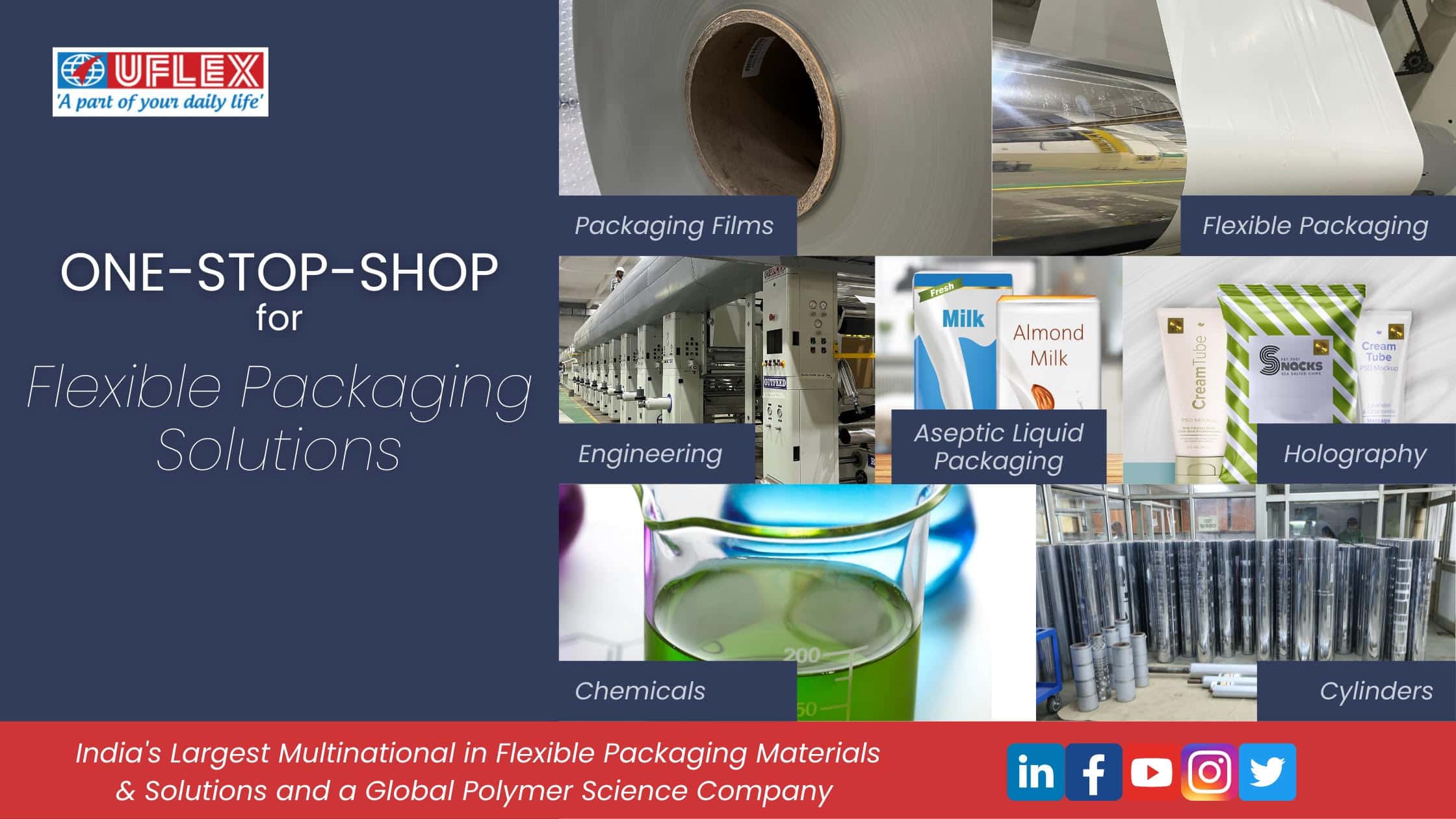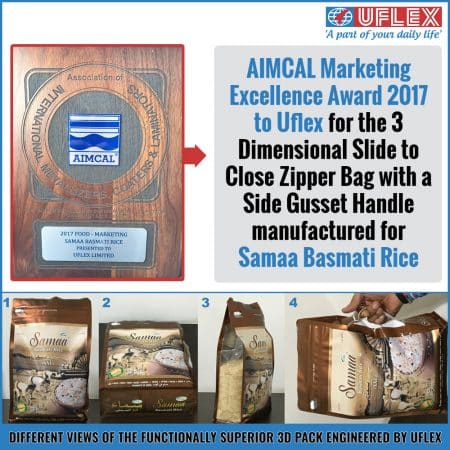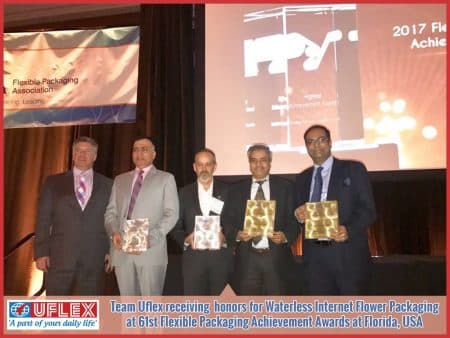By Ashok Chaturvedi
‘Change is the only constant thing in this world’ – quite an oxymoron, isn’t it? I remember those days back in the eighties when the unit packs or sachets as they are commonly known as created ripples in the Indian market. It was a change in how people perceived products. It was a change in how people purchased things. It marked a sea change in how people used products. The ever swelling middle class of the country suddenly started finding FMCG brands affordable.
Brands that they once heard about on radio and glimpsed through during TV ad-breaks were now gradually becoming a part of the daily household. The FMCG sector was quick enough to turn around and adopt these changes. They knew the power of the consumers then much as they know it now. Thus kick-started, the story of change which still continues.
Beginnings are usually low key. At the heart of the ‘sachet’ revolution has been the arrival of flexible packaging industry. First things first, both consumers and brands only aimed at small portions carefully packed in order to avoid any spoilage before the expiry date. This was the bare minimum that was taken care of. Gradually with the advent of efficient communication channels and liberalization of our economy, more and more Indians started gaining flair for western products.
Now was the time when brands started acknowledging the possibilities that lay ahead in the arena of flexible packaging. They now started offering the consumers more variants in terms of size and volume. Clear and eloquent branding coupled with a reasonable spread of SKU (stock keeping units) was considered just about adequate at this juncture.
The middle class was evolving rather rapidly. Deft response to their needs and requirements was now being looked at by brand custodians with an eye for precision and details. Now came in the all-pervasive role of thorough Research and Development (R&D) by brands and the flexible packaging manufacturers to find customized solutions.
Polyethylene Terephthalate Films, Polypropylene Films, Blown Films, Cast Films were being carefully weighed for pros-and-cons in terms of their visual characteristics, physical strength, performance at various temperatures, resistance to chemicals and barrier properties to find use in packaging solutions for packing various types of products.
Aluminum foils that were used for wrapping food items owing to their superior impermeability to water vapour and water barrier against heat and light and their ability to prevent infestation by germs and bacteria were now competing with a close contender – metallized films. These metallized films clearly outperformed the conventional aluminium foils in terms of offering similar advantages at much reasonable cost. These films are light weighted and thus, leave much lesser carbon footprint. Metalized films found wide usage in packaging foods, snacks and confectionary.
Longer life for everything around us
Early forms of potato wafer packaging entailed less elaborate wrappers made of polyethylene or polypropylene TQ film. Now with the advancement of packaging technology, chips are packed in at least four layered structure comprising BOPP, Extrusion POLY, MET PET and POLY which tremendously improve the shelf life. Added to this are functionalities like sliders/ re-closable / re-sealable zippers that further keep the product safe for deferred use.
Fertilizers, cements, flour and pet food used to be packed in woven sacks or multi walled paper sacks that were often ruptured and damaged during handling and transportation. These products now come in large printed laminated flexible packaging with excellent barrier properties having a perfect control over moisture ingress and air egress.
Mouth fresheners that were once packed in plastic or metal cans now come in a variety of sizes or even as portion packaging. The bigger packs come as flexible packaging re-closable packages with a laser cut for easy opening, offering convenience and functional ease to consumers.
However, the three side gusseted standup pouches are serving to be real trailblazers on the retail shelf where they are upright and leave no opportunity to get noticed by the consumers. The printable area on the pouch has increased substantively offering more branding possibilities to the marketers. Sleeve in pouches are offering the best of both the worlds imparting luster and barrier properties of film on one hand and effective display of carton on the other.
Profile flexible packs are real head turners that may assume the shape of a shirt, a canon or a bottle for that matter. Besides being high on functionality their aesthetics are unmatched. Chain packs that you would find hanging from the hinges of retail shelf inherently impart a continued visibility at point of sale (POS) besides offering all the convenience of unit pouches to the consumers.
We can see teabags, shampoo sachets, mouth fresheners all over constantly wooing the customers. Portion flexi packs that also derive their lineage from chain packs are working well for detergents, antacids and medicines ensuring that only the required portion is dispensed at a time.
Way Ahead
In the present day and time intelligent packaging is being considered as an extension of branding with a much better interfacing with marketers and consumers sharing real time information about supply chain coordinates, shelf life, freshness, quality and various other aspects. Driven by rapid advancements in time-temperature indicators (TTI) intelligent packaging is anticipated to witness a strong growth in the coming times.
This system could be able to detect product contamination and change of color in case the packed product is not fit for consumption by the consumer anymore. Intelligent packaging is thus becoming synonymous to better functionalities and pack utility.
Flexible packaging is all about light weighting and space and energy conservation when compared to the rigid counterparts. Studies have proved beyond reasonable doubt that flexible packaging requires much less energy at the stage of manufacturing, transportation and disposal. One truckload of empty flat pouches is equivalent to more than 75 truckloads of empty rigid containers.
Flexible packaging is a contemporary phenomenon that is here to stay. It is evolving with each passing day. Brands love it, so do the customers. The legacy that this genre of packaging has built for itself over the years will continue to spell convenience and value for money riding on the wave of new technology and innovation.





